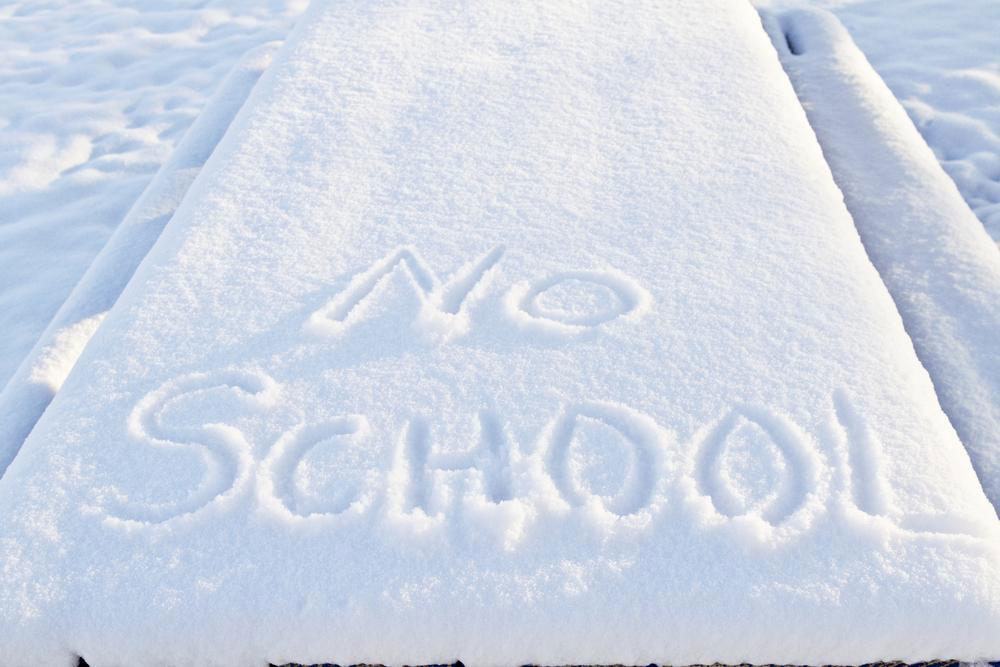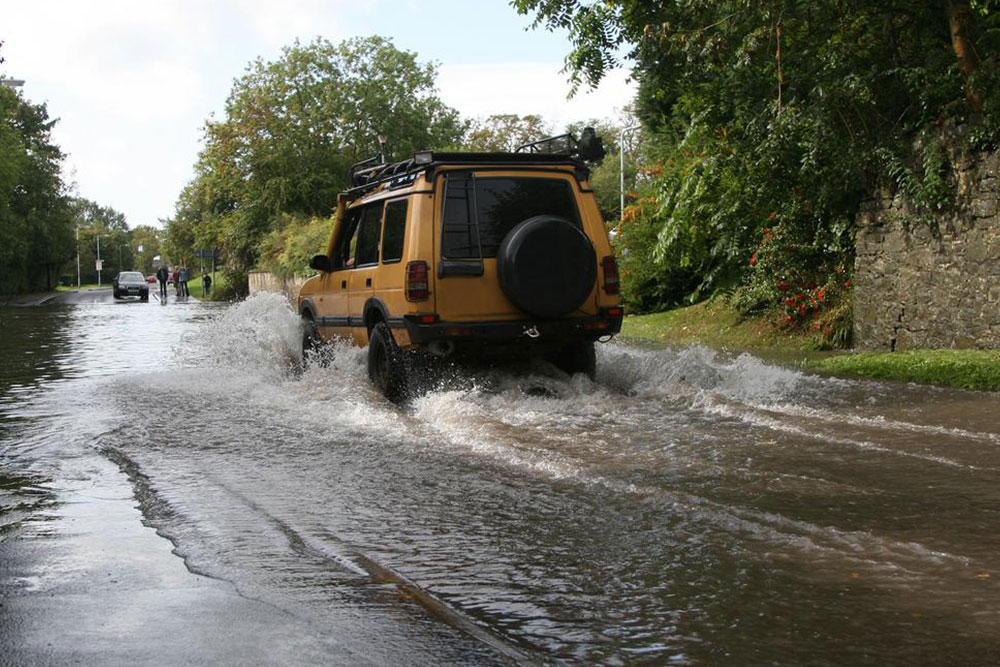Common Causes Behind School Shutdowns
This article explores common reasons behind school closures, including weather, health emergencies, financial issues, staffing shortages, and travel difficulties. Understanding these factors helps communities better prepare for potential shutdowns, ensuring safety and continuity of education during challenging times.

Understanding the Causes of School Closures
Understanding the Main Reasons for School Closures
Throughout the year, numerous schools face closures due to various challenges. School shutdowns are generally viewed negatively, often associated with issues like mismanagement or crises. Whether caused by internal problems or external circumstances, closures impact students, staff, and communities alike.
It's helpful to stay informed about potential school shutdowns, which could be announced unexpectedly. Sometimes, these closures are due to internal issues or external emergencies, and understanding the causes can prepare students and parents.
Several factors can lead to school closures, whether temporary or permanent. These might include health crises or financial difficulties. External events like severe weather or health emergencies often prompt shutdowns, the duration of which depends on the severity of the situation.
Below are key reasons that might cause a school to close:
Adverse Weather Conditions
Poor weather can temporarily shut down schools for safety reasons. During such times, neither parents nor schools want to risk accidents or health issues. Temporary closures help ensure safety and prevent students from missing critical lessons.
Health Emergencies
Outbreaks of contagious illnesses, such as influenza, can lead to short-term shutdowns. These measures aim to curb disease spread and protect both students and staff.
Financial Challenges
When a school's finances are strained, it might no longer sustain operations. Insufficient funds can prevent schools from paying staff or maintaining facilities, leading to closure.
Staffing Shortages
Lack of qualified staff hampers a school's ability to operate effectively. Losing key personnel often signals impending or immediate closure, especially if replacements are hard to find.
Travel and Accessibility Issues
Difficulties in commuting due to location or transportation restrictions can cause staffing and attendance issues, ultimately affecting the school's viability.
These factors are vital to the continuous operation of educational institutions. Disruptions or mismanagement in these areas can lead to closures, either temporary or permanent. While other issues may also influence a school's fate, these are among the most common. Being aware of potential causes helps communities prepare for possible shutdowns, especially when internal issues are at play.
Note:
Our platform offers insights and research across various topics, aiming to provide useful information. However, articles should not be considered absolute or final. Data accuracy may vary across sources, and readers are encouraged to verify details independently. Additionally, some schemes and offers might not be covered here but could be more beneficial for readers.










